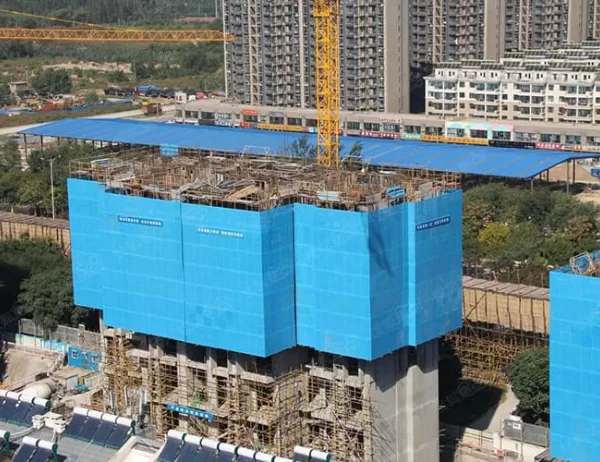In the realm of aviation, where precision and durability are paramount, 8mm aluminum sheets play a pivotal role. These lightweight and robust sheets are indispensable components in the construction of aircraft and other aerospace vehicles. Understanding the exceptional properties and applications of 8mm aluminum sheets in this demanding industry is crucial.
Exceptional Strength-to-Weight Ratio
One of the primary reasons for using 8mm aluminum sheets in aerospace engineering is their remarkable strength-to-weight ratio. Aluminum alloys, known for their resilience, provide excellent strength while maintaining a lightweight profile. This combination allows aircraft to withstand the stresses of flight without compromising performance or fuel efficiency.
Corrosion Resistance
The harsh conditions encountered in aerospace applications demand the use of materials with superior corrosion resistance. Aluminum sheets possess an inherent protective oxide layer that shields the metal from environmental elements, ensuring longevity and reliability in extreme conditions. This property is critical for maintaining the structural integrity of aircraft exposed to moisture, salt, and other corrosive agents.
High Thermal Conductivity
Heat management is another critical aspect of aerospace engineering. 8mm aluminum sheets exhibit high thermal conductivity, facilitating efficient heat transfer and dissipation. This property contributes to the cooling of vital components, preventing overheating and ensuring optimal performance.
Versatile Applications
The versatility of 8mm aluminum sheets allows them to be used in various aerospace applications. They can be formed into complex shapes to create structural components such as wing spars, fuselage panels, and landing gear assemblies. The ability to tailor the sheets to specific requirements enables the development of lightweight, aerodynamic, and highly functional aircraft.
8mm aluminum sheets are indispensable in the aerospace industry due to their exceptional strength-to-weight ratio, corrosion resistance, high thermal conductivity, and versatility. These properties enable the design and construction of aircraft that are lightweight, durable, and capable of withstanding the demands of flight. The use of these sheets continues to drive innovation in aerospace engineering and contributes to the advancement of air travel and beyond.




